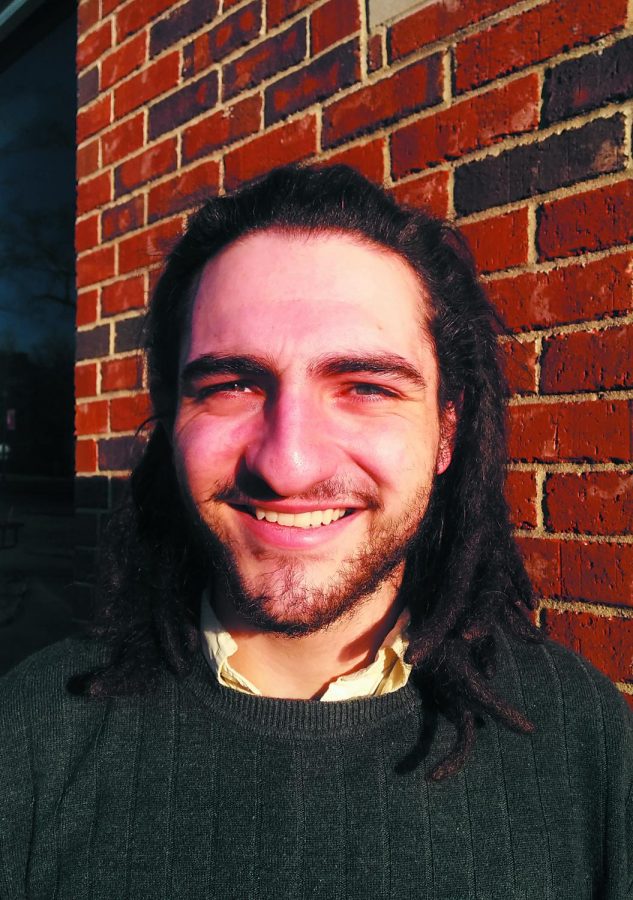Nail in coffin produces unanswered questions
April 21, 2015
Why five years?
This is the question the WKU swim & dive team were left asking themselves when the program was suspended, effective immediately, on April 14.
The announcement was made in the wake of a Bowling Green Police Department and subsequent WKU Title IX investigation regarding hazing allegations brought forth by former WKU swimmer Collin Craig.
The investigations found what was described as a “culture” of hazing, ranging from forced alcohol consumption, physical, emotional— and alarmingly enough— sexual abuse. (Copies of both investigations’ findings have been uploaded to the Herald’s website in their entirety.)
The gravity of WKU President Gary Ransdell and Athletic Director Todd Stewart’s five-year suspension is severe, but the reality of the decision provides a much more immediate and equally as severe situation.
The swim and dive program was made up of 54 student athletes, yet less than 10 were named in the BGPD report.
Of those student athletes, 41 were underclassmen whose collegiate swimming careers at Western Kentucky have been brought to a swift and bitter end. Thirteen of those 41 were juniors who will not enjoy a senior campaign now.
In good form, Ransdell and Stewart said the scholarships belonging to those athletes will still be offered for the rest of their college careers, as long as they maintain good academic standing (a stipulation that came with the scholarships prior to the suspension).
Furthermore, the administrators said that the students could opt to transfer and maintain eligibility for next season, if they chose to do so.
While amicable, this move had to have seemed like a small consolation to the team, most notably the athletes that were in no way involved with these happenings.
Which begs that question: how many people were truly involved? With less than 10 student athletes identified by name in the police report, and only one residential property (referred to in the reports as the “party house,” which housed four swimmers) searched throughout the investigations, how many culprits can the administration honestly point to with blame?
Enough to warrant a suspension that will outlast any of the non-involved athletes college careers? Enough to eradicate the coaching positions held by three coaches on June 30? Enough to bring the swimming careers of 41 students to an end when just a handful were definitively named?
Another portion of the investigation’s findings show that student-athletes on official WKU recruiting visits (leaving us to assume they are of high-school age) were exposed to these acts of “hazing.”
Herein is the “culture” of hazing the reports entail. Not only had this mentality spread throughout the team and its leaders (Craig’s initial report to BGPD accused a senior captain of inciting a portion of the hazing), but it had permeated into at least a portion of the future generation of athletes, thus creating a culture of hazing.
Of course, it didn’t help that Bruce Marchionda has allegedly been aware of this culture since 2012, when a former swimmer contacted him through email.
Call it protecting his team or sweeping it under the rug, the negligence shown by Marchionda merits his termination, no matter how much he directly affected what was going on behind closed doors.
But in regards to the student-athletes who have had their WKU athletic careers cut short, do the ends justify the means? The physical, emotional and sexual abuse in no way should be tolerated and the culprits (identified by name) should certainly be kicked off the team and in certain instances even face legal proceedings.
What the university needs to rethink is how a five-year suspension will prevent this from happening in the future.













